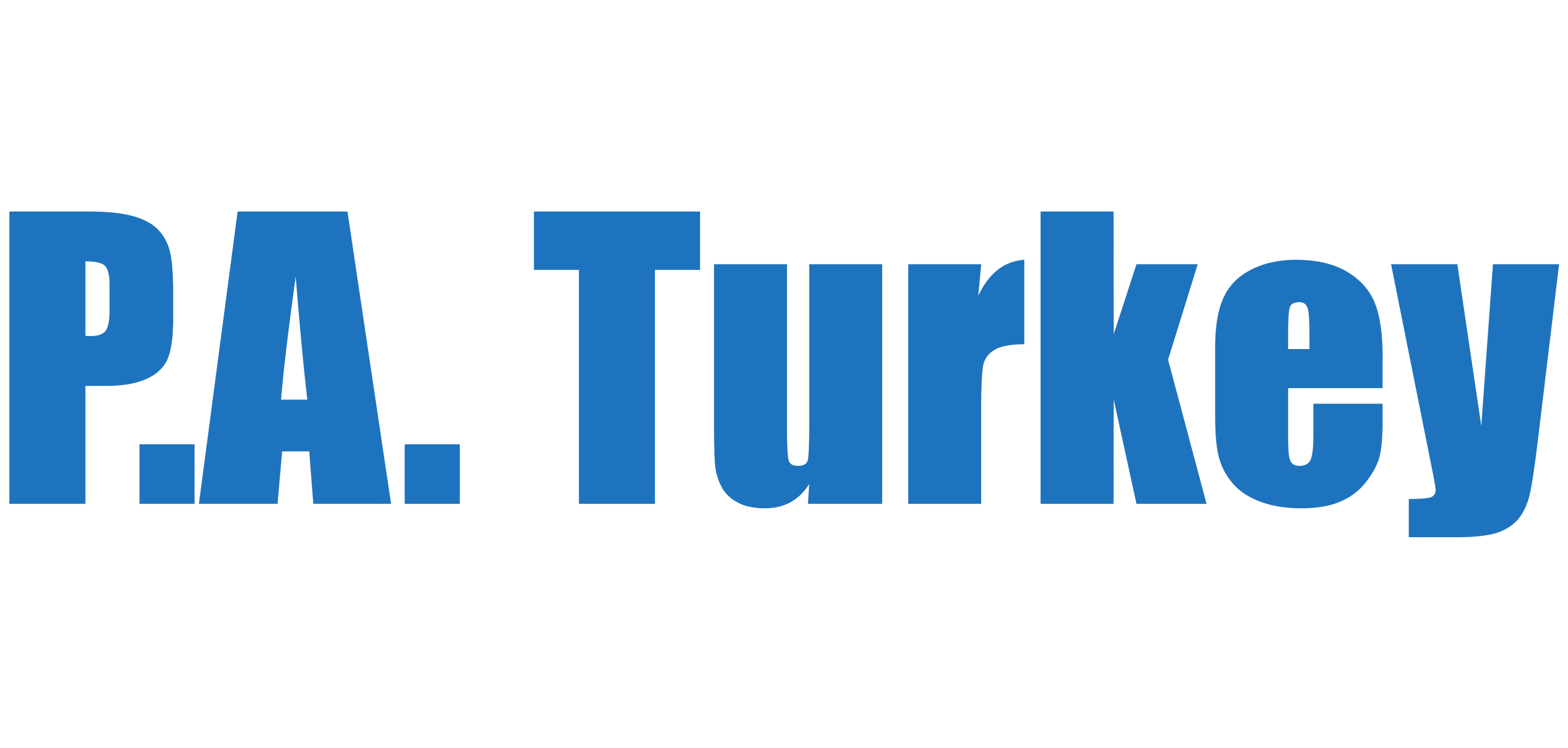Turkish businesses loading up on FX debt
 borc kapani
borc kapani
Net foreign exchange (FX) deficit of the Turkish real sector rose sharply in January 2025, reaching $147.99 billion—its highest level since November 2019, the Central Bank of the Republic of Türkiye (CBRT) reported.
A net FX deficit indicates that companies owe more in foreign currencies than they hold, increasing their exposure to currency fluctuations. It could increase if businesses borrow more than the redeem, or reduce their FX assets at home.
The $10.98 billion month-on-month increase was driven by a fall in foreign currency assets—such as export receivables, bank deposits, and overseas investments—and a notable rise in liabilities, including domestic and international loans.
- FX assets of non-financial firms decreased by $2.7 billion
- Deposits held in domestic banks dropped by $2.02 billion
- Derivative assets (financial instruments tied to exchange rate movements) fell by $1.08 billion
- Export receivables declined by $534 million.
- In contrast, foreign direct investments and overseas securities rose by $859 million and $75 million, respectively
Despite those gains, overall assets still fell significantly during the month.
Surge in long-term foreign loans
FX liabilities increased by $8.28 billion in January. This included:
- $3.89 billion rise in domestic loans
- $2.54 billion in derivative liabilities
- $2.15 billion in loans from foreign lenders
Outstanding import-related debts fell by $304 million
Short-term domestic loans increased by $1.25 billion
Long-term domestic loans rose by $2.65 billion
Short-term foreign loans dropped by $130 million
Long-term foreign borrowing surged by $1.98 billion, reflecting a shift toward extended repayment horizons
Shrinking FX cushion in the short-term
As of January, Turkish companies held $131.59 billion in short-term FX assets (liquid holdings expected to be used within a year) versus $119.47 billion in short-term liabilities. This left a short-term FX surplus of $12.12 billion—down $7.17 billion from the previous month—indicating a weakening buffer to meet near-term foreign currency obligations.
Short-term liabilities accounted for 38% of total liabilities, indicating a potential vulnerability in terms of rollover and exchange rate exposure.
Even though Turkish CDS premia hovered over Emerging Market averages for years, after the arrival of Mehmet Simsek as economy czar, Turkish banks and businesses began to re-leverage, potentially to spend more capex. Yet, in 2025 FX borrowing also reflected interest rate arbitrage, as converting FX loans to TL deposits earned more thanks to CBRT’s strong TL policy.
ANALYSIS
The recent turmoil encompassing the entire country after CHP mayor Imamoglu’s arrest drove up CDS premia and Euro-bond yields, but it will probably not force Turkish private sector de-leverage, because international condemnation is absent, while exporters have managed to survive the slow-down in European economy, Turkey’s number one business partner. Expectations of Fed lowering rates further and an anticipated decline in budged deficit to GDP ratio from %5 in 2024 to 3.5-4% in 2025, also encourages global lenders to finance Turkish private sector.
CBRT’s FX reserves as judged by debt coverage ratio is below IMF norms, but with another tourism season on the horizon, it is expected to finance outflows easily, while defending the strong TL policy.
Turkish Minute, PATurkey staff
IMPORTANT DİSCLOSURE: PA Turkey intends to inform Turkey watchers with diverse views and opinions. Articles in our website may not necessarily represent the view of our editorial board or count as endorsement.
Follow our English language YouTube videos @ REAL TURKEY: https://www.youtube.com/channel/UCKpFJB4GFiNkhmpVZQ_d9Rg
And content at Twitter: @AtillaEng
Facebook: Real Turkey Channel: https://www.facebook.com/realturkeychannel/




